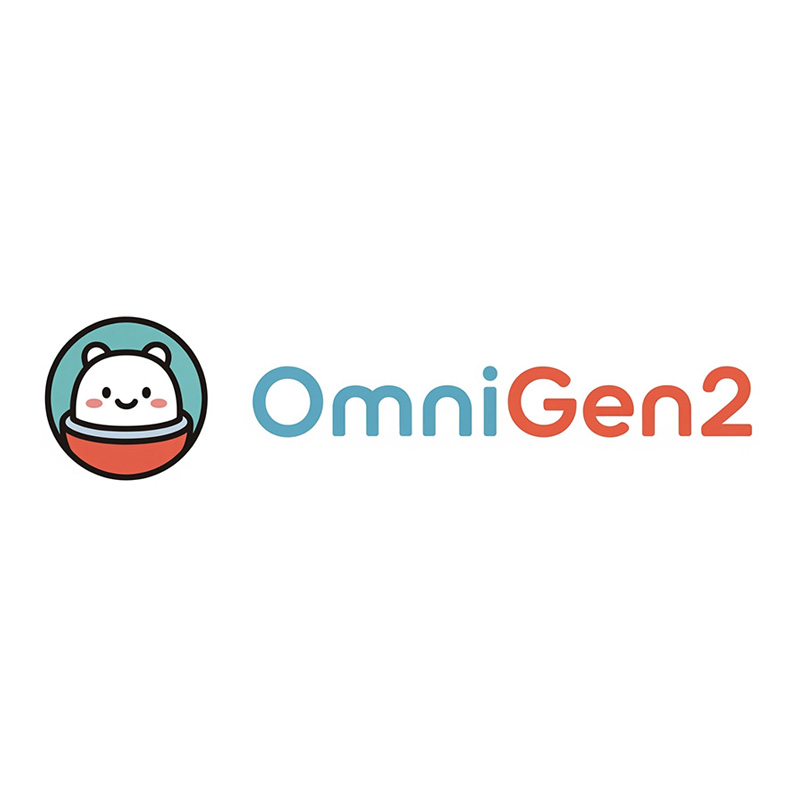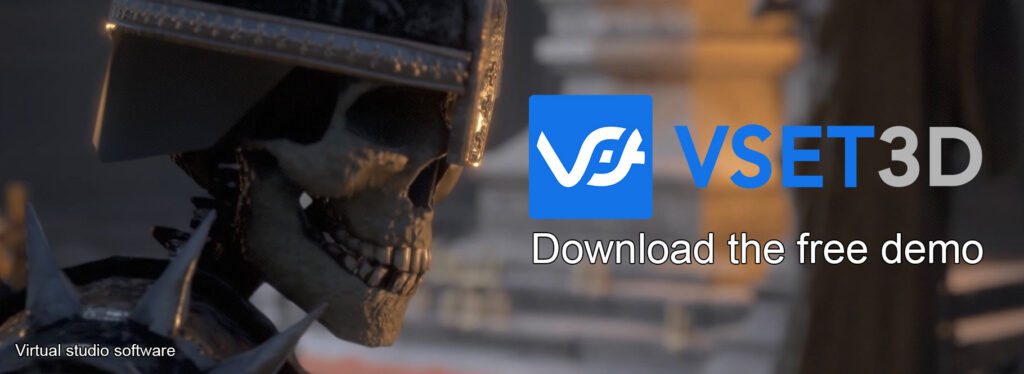Imagine a tool that can turn your imagination into reality—whether you’re sketching a futuristic city, designing a fantasy creature, or tweaking a photo to match your vision. That’s the promise of OmniGen2, a cutting-edge AI system that bridges the gap between text and image creation, making it easier than ever to generate and edit visuals based on detailed instructions.
What is Multimodal Generation?
Multimodal AI systems, like OmniGen2, combine text and images (and sometimes sound or video) to understand and create content. Think of it as a digital artist who can interpret your words and translate them into vivid visuals. For example, if you type, “A glowing phoenix flying over a stormy ocean,” OmniGen2 doesn’t just generate a random image—it tries to capture the specific elements you described: the phoenix’s fiery feathers, the dark clouds, and the dynamic movement of the scene.
How Does OmniGen2 Work?
OmniGen2 is part of a growing trend in AI called instruction-based generation. Here’s how it works in simple terms:
- Input: You provide a text instruction, such as “A medieval castle with a moat and a drawbridge, surrounded by mist.”
- Processing: The AI analyzes the text, breaking it down into key elements (castle, moat, mist, etc.) and understanding the relationships between them.
- Output: It generates an image that aligns with your description, often with surprising creativity.
What makes OmniGen2 special?

- Versatility: It can create anything from realistic scenes to abstract art, all based on text.
- Control: You can specify details like lighting, colors, or even the style (e.g., “anime-style” or “photorealistic”).
- Editing: Beyond creation, OmniGen2 can modify existing images. For instance, you could ask, “Make the castle look older with weathered stone and ivy.”
Why Does This Matter?
OmniGen2 and similar tools are revolutionizing how we interact with AI. Here’s why:
- Creativity Unleashed: Artists, designers, and educators can experiment with ideas without needing advanced technical skills.
- Efficiency: Tasks that once took hours (like designing a logo or editing a photo) can be done in seconds.
- Accessibility: These tools democratize creativity, allowing people from all backgrounds to explore visual storytelling.
Real-World Applications
- Design: Concept artists can quickly sketch ideas for games, movies, or products.
- Education: Teachers can create visual aids tailored to students’ needs, like diagrams or historical scenes.
- Entertainment: Game developers and filmmakers can prototype ideas faster, saving time and resources.
Challenges and the Future
While OmniGen2 is impressive, it’s not without challenges. Ensuring the AI understands complex instructions, avoiding biases in generated content, and balancing creativity with accuracy are ongoing areas of research. However, these tools are part of a broader movement toward AI that collaborates with humans, not replaces them.
Conclusion
OmniGen2 represents a leap forward in how we blend text and visuals, making AI a powerful ally for creativity. As these technologies evolve, they’ll likely become even more intuitive, opening doors to new forms of art, education, and innovation. For non-specialists, the takeaway is simple: the future of creativity is no longer limited by technical barriers—it’s about exploring what’s possible with a few words and a bit of imagination.
Next Steps: Curious about trying OmniGen2? Explore online demos or tutorials to see how you can turn your ideas into images—no art background required! 🎨✨








